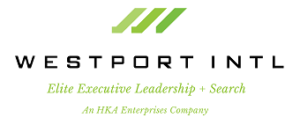The Importance of Assessing Top Talent
It should be obvious to most that the market for talent is very tight. Top talent is difficult to find because people are discovering that they have options again and are willing to explore those options. This bears contrast to 2010 when employers had a large, actively searching talent pool, and the chance to pursue their ideal choice. Some companies are responsive to this shift in the market; some are not. In either case, how you define and assess top talent, and how you use recruiting tools and processes can make all the difference.
Dynamics
- Supply and demand for certain skill sets and people are reminiscent of the late 90’s.
- The manner in which you attract top talent must be more high touch – candidates want to know who they are talking to, understand the role, company culture, etc. before they engage.
- Recruiting top talent requires a dedicated search process by a professional, and use of multiple recruiting tools and multiple forms of contact. LinkedIn jobs slots, job boards, social media, etc. can help begin the right conversations, but they are a very small initial step in the process.
What does this mean?
- Internal talent teams can’t handle the volume and effectively recruit top talent requiring high touch approaches.
- Execution costs for third party search firms have gone up. Simply put, firms have to put more people and resources to successfully complete searches than ever before.
- For search firms that don’t invest in people, tools, and process, or for internal talent teams that continue to operate with high requisition loads, quality and results will suffer.
What are we doing?
- Adding additional support staff
- Expanding our practice areas so that we have more people active day to day in certain functional areas or industrial markets
- Continually improving our process and capabilities around existing work
- Living one of our core mottos – limiting search volume. A search professional can only execute a thorough process with a certain volume of work.


